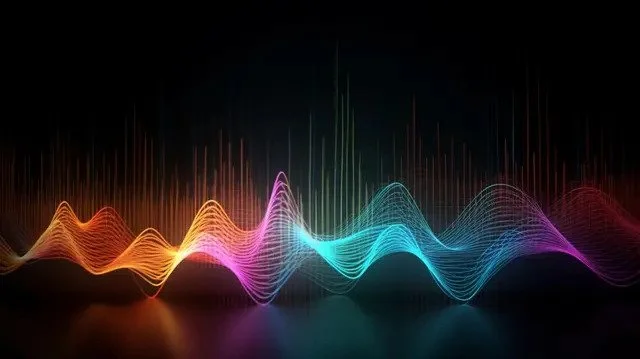🧠✨ The Ancient Secret to Focus Might Be Hiding in Your Ears 🎧
Distraction isn’t a 21st-century invention. Humans have been trying to tame wandering minds for thousands of years — long before Slack notifications, TikTok feeds, and coffee shop chaos. And through the centuries, one quiet, powerful tool keeps showing up: sound.
📜 Ancient Greece: Philosophers Who “Tuned” the Mind
Ancient Greek musician playing a lyre, symbolizing early use of music for focus.
Pythagoras and his followers believed that music could shape both mood and intellect.
They used simple harmonic intervals — pure tones in measured ratios — to entrain attention and calm mental chatter. For them, sound wasn’t background noise; it was a mental tuning fork, a way to bring thoughts into focus before study, writing, or deep dialogue.
🕯️ Medieval Europe: Monks and the Original Deep Work
Long before the term “deep work” existed, monks across Europe were spending hours copying manuscripts by hand — a task requiring quiet, sustained attention.
Their tool? Gregorian chants.
These rhythmic, repetitive vocal patterns weren’t just for worship — they created a steady, predictable sonic backdrop. The repetition dampened distractions, slowed breathing, and anchored attention. Think of it as medieval brown noise… with robes.
🇯🇵 Zen Monasteries: Nature as a Focus Engine
In Zen monasteries of Japan, sound was never ornamental. Water dripping into stone basins, rustling bamboo, or temple bells created soft, stable soundscapes that pulled the mind into one-pointed awareness. The philosophy was elegant: the right sound doesn’t compete for attention — it holds it.
These weren’t performances. They were focus technologies.
🎧 Fast Forward: From Ancient Soundscapes to Focus Playlists
Today, we call them:
White noise (equal energy across frequencies — bright and static-y)
Pink noise (warmer, more balanced)
Brown noise (deep, low, oceanic rumble)
Abstract colorful sound wave illustration representing modern focus soundscapes like pink or brown noise.
The principle, though, hasn’t changed.
Your brain loves steady, predictable sound. It acts like mental scaffolding, making it easier to ignore distractions and slip into a flow state.
Modern research backs it up:
📈 Non-intrusive, broadband sounds can improve sustained attention.
🧠 They help mask unpredictable environmental noise, freeing up cognitive resources.
💡 They can even boost creativity by creating a soft boundary around your mental space.
🪄 A Simple Experiment to Try
Next time you need to focus:
Pick a steady sound — ocean waves, rain, pink or brown noise.
Put it on loop — no surprises, no lyrics.
Notice how, after a few minutes, your mental “background noise” starts to quiet.
Repeat this pairing daily — over time, your brain will associate that sound with focus.
What monks did with chants, and Zen monks did with water, you can do with headphones and a 20-minute playlist.
👉 Your turn: What sound gets your brain to lock in — waves, rain, white noise, lo-fi beats, total silence? Your favorite might become someone else’s new flow state. 🎧✨
#FocusHacks #SoundAndMind #BrownNoise #PinkNoise #DeepWork #Neuroscience #AncientWisdom #ProductivityTools #ADHDFriendly #FlowState #SoundTherapy #BrainScience #SensoryAnchors #HistoryMeetsScience #ConcentrationCraft

